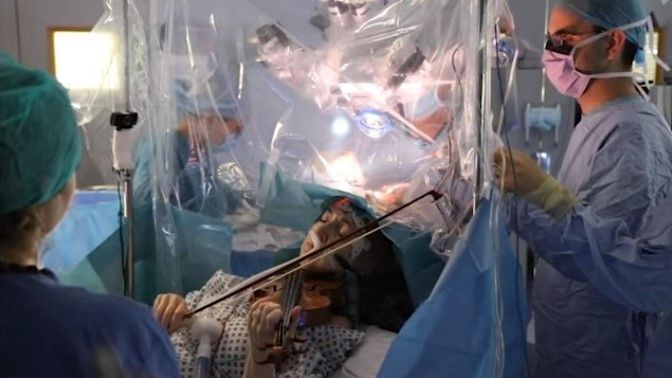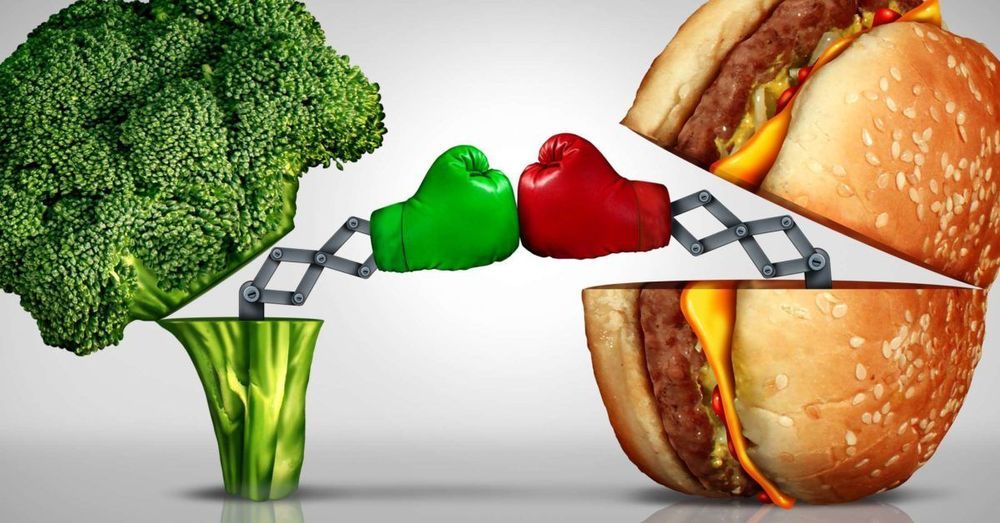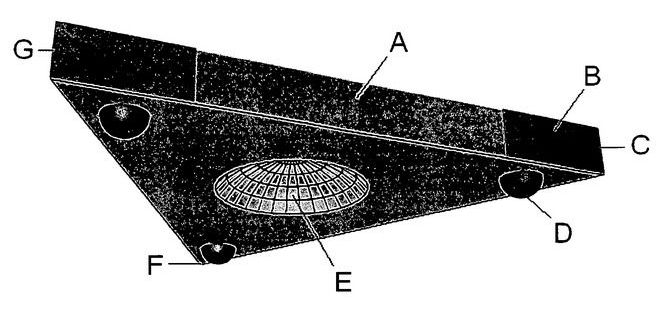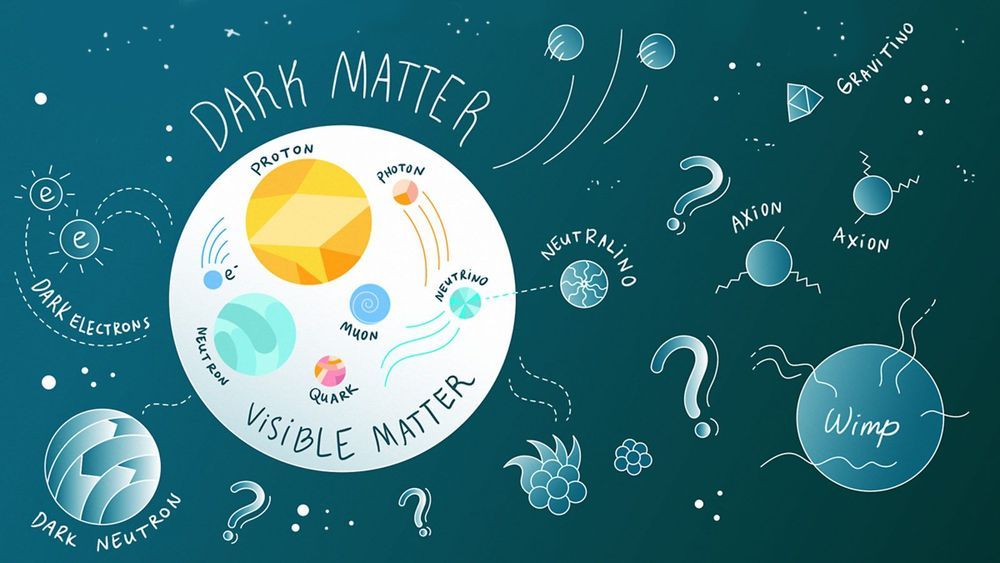Do you want to stop ageing? Do you want to live forever? Can science help you cheat death? In this pioneering documentary, Professor Rose Anne Kenny takes us through the science and the consequences of living longer lives.
Imagine for a moment that old age became a thing of the past. Today, for better or for worse, it would appear that eternal life may soon be a reality. Some scientists are forecasting that the only way many humans will die is if they are shot or run over by a bus.
The programme unveils what is happening in age prevention, shows how we can lengthen our own lifespans and explains how some scientists now believe we are closer than ever to finding the Elixir of Life.
Such power over life itself poses many profound questions: what impact is it going to have on our societies? What preparations should our governments be making for an ever-ageing population? Do people really want to live longer and suffer the inevitable weakening of their capacities? And is it morally right to transcend human fallibility and assume the role of God?
Follow us on Facebook






